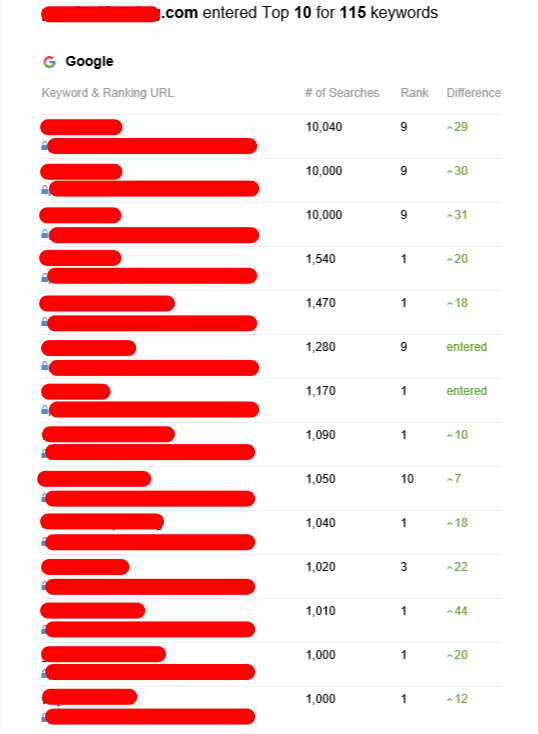17 Signs To Know If You Work With Tier Backlinks
Tiered Link Building Strategy
Tiered link building is a way of improving the SEO of a site using multiple tiers of backlinks. If done properly it can have the benefit of reducing the risk of penalties for Google.
Google’s spam department could spot the strategy and penalize a website. It is crucial to alter the links within each tier in order to avoid leaving footprints that Google could detect.
First tier links
Tiered link building can be an effective method to increase the visibility of your site in search engines. Despite recent changes to Google’s algorithms, tiered links can still be effective. However it’s important to keep in mind that tiered links should only be used as part of a comprehensive SEO strategy. Google could disqualify you if it doesn’t.
The first tier of links in the tiered link building system are the most crucial since they transfer the most juice to the website. This link juice is crucial to increase a website’s Domain authority (DA) and also boosting its keyword rankings. The quality of Tier 1 backlinks is crucial, since they must be passed on to the other tiers 2 and 3.
In addition to boosting your search engine rankings, tier 1 links can assist in generating more referral traffic. For instance, if one of your tier 2, tier 3, or tier 4 backlinks receives 500 visits per month, that number will double if the user clicks through to your website. This will increase your visitors and conversions.
Making Tier 1 links requires a huge deal of work and time. It’s best to build them on sites that have a high DA and authority. This will prevent your website from becoming a web-based spam hub, and make your links in the tier one category more efficient.
Second-backlink tier links
Tiered link building tier building is a potent SEO technique that can help websites increase their authority in search engines. It also improves organic rankings, thereby increasing traffic and revenue. To succeed, you need to have a varied profile of links and refrain from spamming. It isn’t always easy to find quality sites to build links. Second-tier links are of high-quality backlinks that originate from other sites and will lead to your website.
For example, if you’re building a tiered linking strategy for your blog, you could post an article on a different website with a link to yours. This technique will allow you to gain backlinks from websites that are more likely to be moderated, such as Wikipedia. This kind of link building allows you to improve your site’s rank without compromising the site’s credibility.
Second-tier 2 backlink links may also be used to boost the value of primary links. For instance, a link on site C can point to both sites A and B that both point to your target website. The effect of all these links improves the ranking power of a search engine, making this technique more effective than only primary backlinks.
 While second tier link building and third-tier backlinks tend to be higher quality than the first-tier ones, they should not be used as a substitute for an effective SEO strategy. The best way to avoid getting caught by Google is to follow strict guidelines and limit the amount of low-quality links you own.
While second tier link building and third-tier backlinks tend to be higher quality than the first-tier ones, they should not be used as a substitute for an effective SEO strategy. The best way to avoid getting caught by Google is to follow strict guidelines and limit the amount of low-quality links you own.
Third tier links
Tiered link building is an excellent option if you want to boost the SEO of your website. It can help you cushion the impact of bad links by distributing them among lower-quality websites. It can also allow you to build high-quality backlinks that can boost your search engine rankings. It is important to use white-hat tiered links to avoid getting penalized by Google.
The first layer is comprised of hyperlinks from websites that are relevant to your area of expertise. These can include blog comments discussions boards, discussion boards, forums or forums. You should also include web 2.0 links within this tier because they tend to be more trustworthy than other types of hyperlinks. These links can be found across a variety of websites. However you should make sure to use websites that are of high-quality.
Tiered link building is a popular tactic for many SEO agencies however, it’s now becoming more difficult to implement since Google has released several modifications to fight spammy practices. To succeed, you have to be able to comprehend the concept of link equity and apply it to your advantage.
Tiered link building can be risky if not properly done. It can lead to penalties from Google, which could have severe consequences for your business. However, there are ways to make this method more ethical. For instance, you could make use of guest blogging to create the tier 2 links.
Fourth Tier Links
Tiered link building is a potent strategy to boost your SEO. It’s crucial to remember that it’s a long-term approach that requires planning and patience. Incorrect methods can lead to negative outcomes that you will regret in the future. Tiered link building should be utilized alongside other strategies like on-page optimization and social media marketing.
The process of tiered link building involves the creation of backlinks from a variety of sources, each of which directs their link juice to the appropriate page on your website. These links are referred to as tiers and each tier is given more weight than its predecessor. For instance, a page on your site could have 300 third-tier links, which will then send their link juice to 50 second-tier pages. All of these pages eventually connect to the top-level page, increasing the site’s rank.
Although the concept of tiered linking is straightforward but small businesses that lack the resources required to implement it might be frustrated and take a long time. Moreover, the use of this method can cause a range of issues that are difficult to resolve when they arise. If Google finds out that you’ve built PBN links to your website the site could be penalized or even eliminate it completely from the SERPs.
If you adhere to the best practices when building your levels, tiered link building is a viable and Tiered Link profitable option. The key is to only create high-quality backlinks on your tiers and avoid spammy ones.
